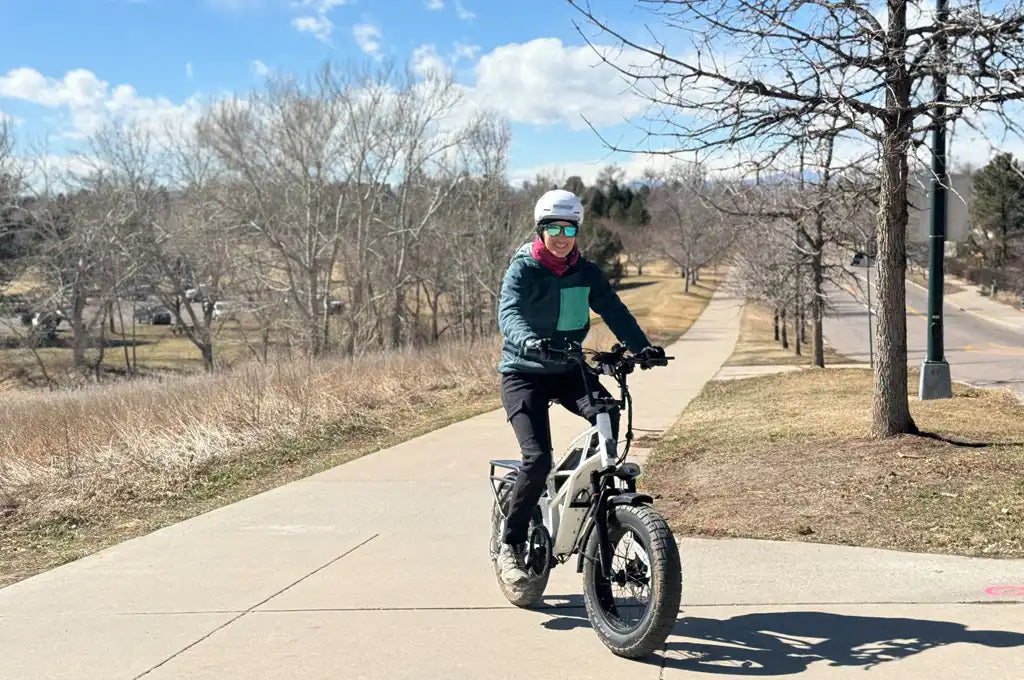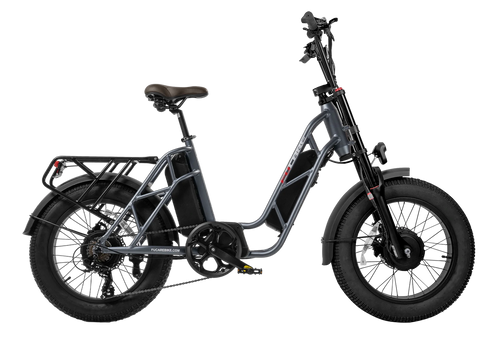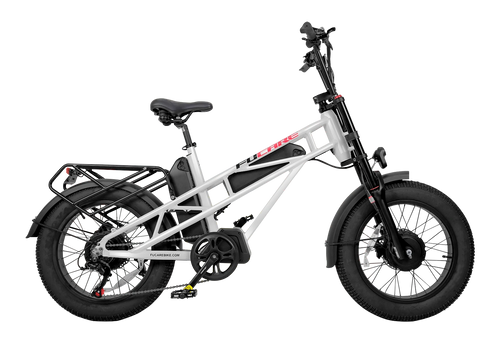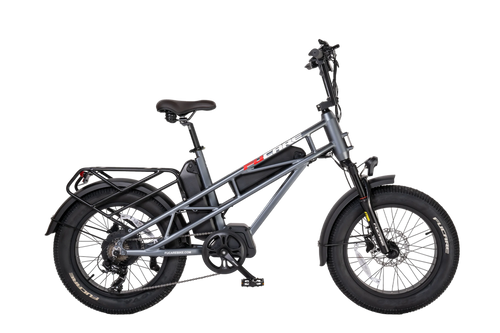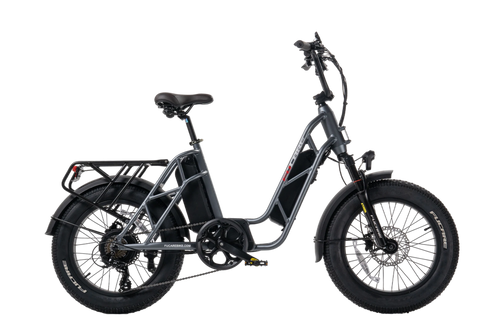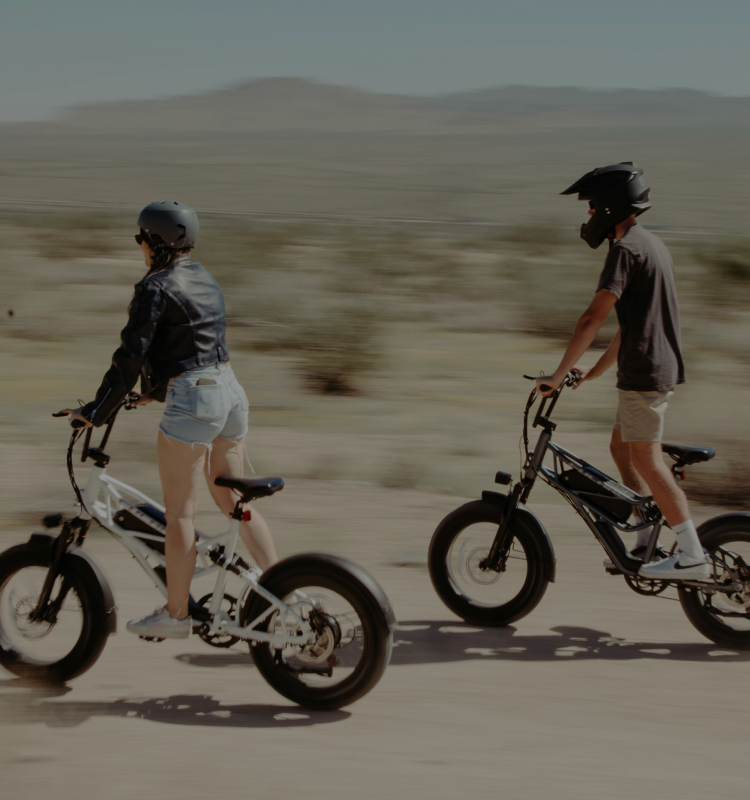Can Electric Bikes Go Uphill?
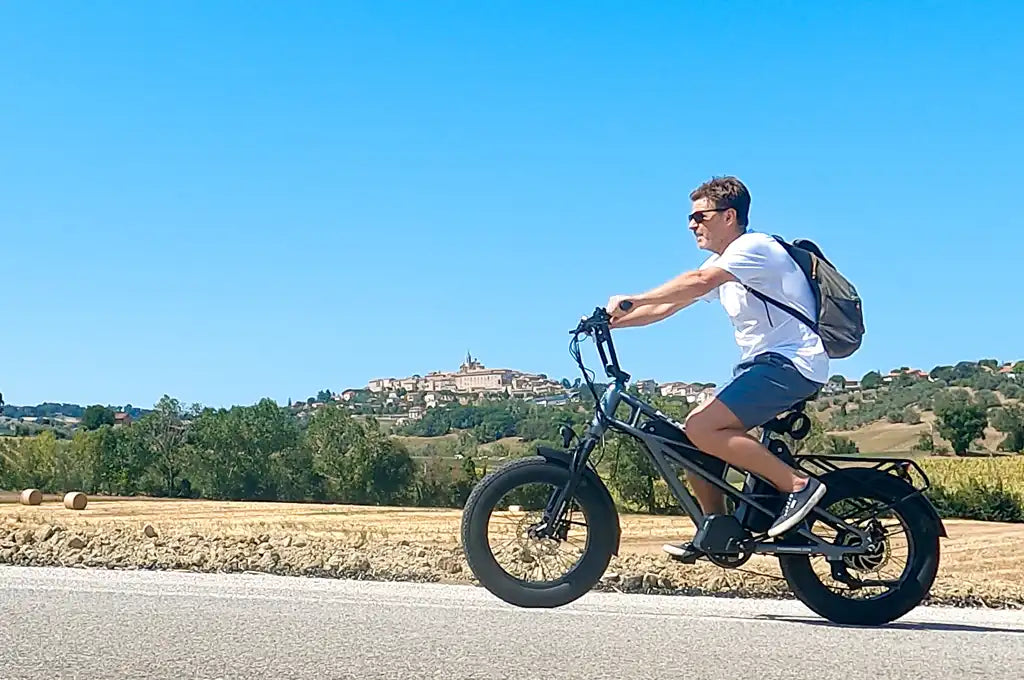
Electric bikes have gained widespread popularity for making both commuting and recreational riding more accessible and enjoyable. A common question that arises among potential buyers and current users is: Can electric bikes handle uphill climbs
Yes, electric bikes can handle uphill climbs, especially if they have a powerful motor and sufficient battery capacity.
This comprehensive guide delves into the capabilities of electric bikes when it comes to ascending hills, examining the key factors that influence their performance and providing insights on how to maximize their hill-climbing potential.
Understanding the Key Components of Electric Bikes
To understand how electric bikes manage uphill climbs, it's essential to become familiar with their core components:
Motor Types and Power
The motor is the powerhouse of an electric bike, delivering the assistance needed for various terrains, including hills. There are several types of motors commonly found in e-bikes:
Hub Motors: Located in the wheels, hub motors deliver power directly to the wheel. While they are effective on flat surfaces, they can be less efficient on steep inclines compared to other motor types.
Mid-Drive Motors: Positioned near the bike’s crankset, mid-drive motors provide superior torque and efficiency, making them particularly adept at climbing steep hills.
Battery Capacity
The battery is the energy source for the motor, and its capacity plays a significant role in the bike’s ability to climb hills. Larger batteries, measured in watt-hours (Wh), provide longer ranges and more power, making them advantageous for tackling steep slopes.
Gearing System
The gearing system is another crucial component that influences a bike’s climbing ability. E-bikes with a wide range of gears allow riders to adjust their effort, maintain a steady cadence, and reduce strain on the motor when ascending hill.
Factors Influencing Uphill Performance
Several factors determine how effectively an electric bike can climb hills:
Motor Power and Torque
The power of the motor, typically measured in watts, directly impacts the bike's climbing capability. A higher wattage motor generates more power, making it better suited for steep inclines. Torque, measured in newton-meters (Nm), is equally critical, as it represents the rotational force exerted by the motor. Motors with higher torque are more efficient at hill climbing.
Rider Weight
The weight of the rider plays a crucial role in how well an electric bike can handle uphill climbs. Heavier riders exert more force on the bike, demanding increased power from the motor to maintain a steady ascent.
Electric bikes address this challenge by offering enhanced pedal assistance, allowing the motor to provide the extra support needed to overcome the additional load. This feature ensures that even with substantial rider weight, the bike can still tackle steep inclines with relative ease.
Terrain Steepness
The gradient of the incline has a direct impact on the bike's uphill performance. Steeper hills require greater motor output and torque to climb efficiently. The steeper the gradient, the more power the motor must generate to overcome gravitational forces and propel the bike forward. Electric bikes equipped with high-torque motors are better suited for steep ascents, as they can deliver the necessary force to power through challenging terrains.
Riding Conditions
Environmental factors such as weather and road conditions can significantly affect the performance of an electric bike during uphill rides. For instance, strong headwinds can increase aerodynamic drag, making it harder for the bike to climb efficiently.
Additionally, wet or slippery conditions can compromise traction, causing the wheels to lose grip and reducing the bike's ability to maintain forward momentum. Riders should be mindful of these conditions and adjust their riding techniques accordingly to optimize their uphill performance.
Battery State of Charge
The state of the battery's charge is a critical factor in the bike's climbing capability. A fully charged battery ensures that the motor has access to the maximum amount of power, enabling smooth and effective climbs. Conversely, as the battery depletes, its power output diminishes, leading to reduced motor performance and potentially affecting the bike's ability to ascend steep inclines. To maintain optimal uphill performance, it's important for riders to monitor their battery levels and recharge as needed before embarking on challenging climbs.
Conclusion
Electric bikes have undeniably revolutionized the way we experience cycling, making it a viable option for a wider range of individuals. Their ability to conquer hills is a testament to their versatility and technological advancements. By understanding the interplay between motor power, battery capacity, gearing, and rider factors, you can confidently choose an electric bike that suits your climbing needs.
Remember, while electric bikes offer substantial assistance, rider skill and technique remain essential for optimal uphill performance. By carefully considering these factors and optimizing your riding style, you can unlock the full potential of your electric bike and enjoy the thrill of conquering even the steepest inclines.
Continue reading
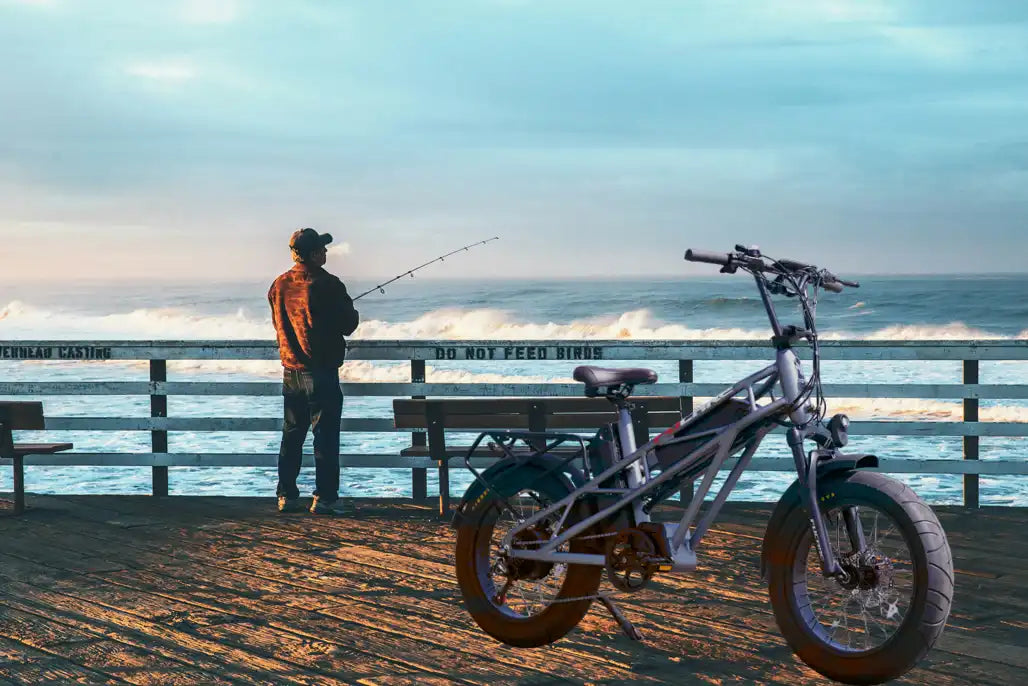
Benefits of Fishing with an Ebike
